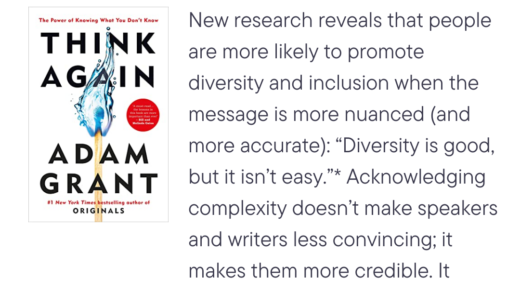Putting these different results together, a coherent story starts to emerge. Girls in Kenya know perfectly well that unprotected sex leads to pregnancy. But if they think that the prospective father will feel obliged to take care of them once they give birth to his child, getting pregnant may not be such a bad thing after all. In fact, for the girls who cannot afford a school uniform and therefore cannot stay in school, having a child and starting a family of her own may be a relatively attractive option, compared to just staying at home and becoming the general “Hey, you” for the whole family, the usual outcome for unmarried out-of-school teenage girls. This makes older men more attractive partners than young boys who cannot yet afford to get married (at least when the girls don’t know that they are more likely to have HIV). Uniforms reduce fertility by giving girls the ability to stay in school, and thus a reason not to be pregnant. But the sex-education program, because it discourages extramarital sex and promotes marriage, focuses the girls on finding a husband (who more or less has to be a sugar daddy), undoing the effect of the uniforms. One thing is relatively clear: For the most part, poor people, even adolescent girls, make conscious choices about their own fertility and sexuality and find ways—though perhaps not pleasant ways—to control it. If young women get pregnant even though it is extremely costly for them, it must reflect someone’s active decision.
Just the law of unintended consequences in play. Many times, actions taken that seem intuitive towards an objective (trying to prevent teenage pregnancy) actually goes against and undo other initiatives and derails the efforts to achieve the objective.
It also reflects a shallow understanding from the policy planners. If these girls in Kenya were simply deemed as “irrational” and not knowing whats best for themselves, then any implemented policy would not be effective. What’s needed is to actively understand their motivations and build an active mental model of their thinking process and find ways to push them towards the ideal outcomes.
Likewise, we should not be too quick to generalize solutions and take “uniforms” as the be all and end all solution. The biggest mistakes I have seen are when people rigidly apply their mental approach and solutions (from their previous job or teachings) into a completely different situation.



